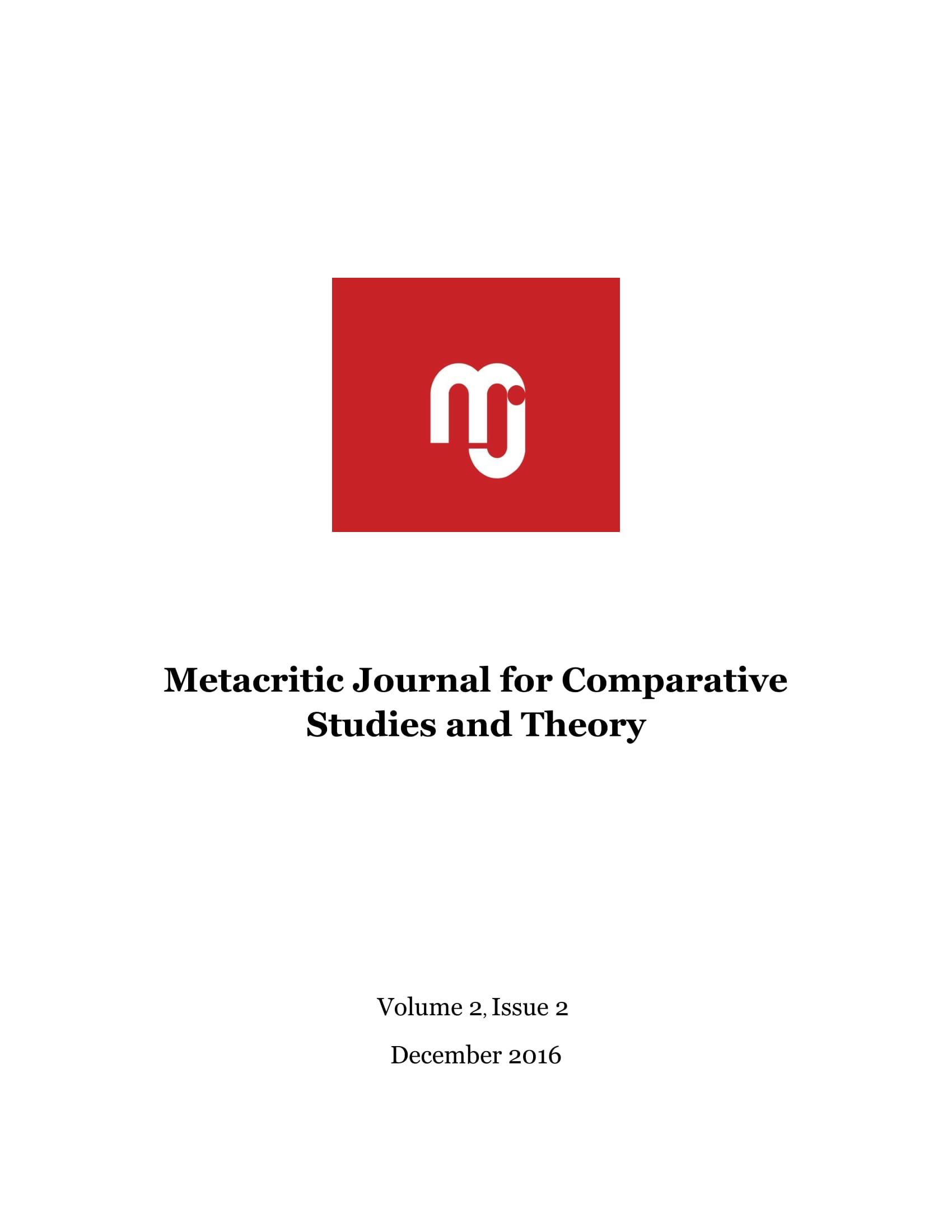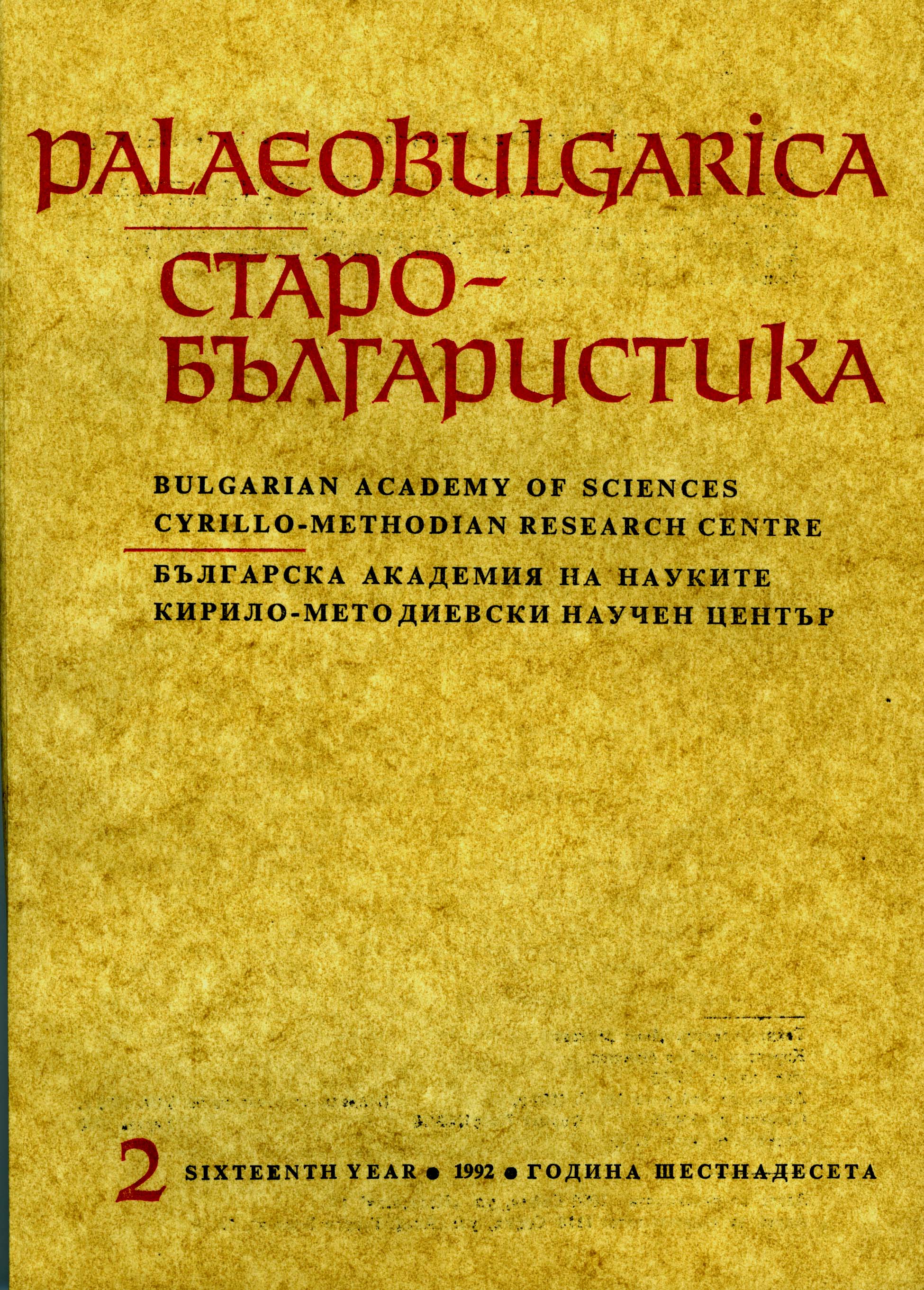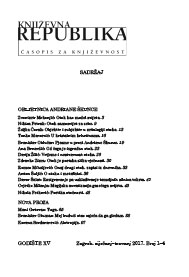Sakrifica e Femrës në Baladat me Motive të Përbashkëta Ballkanike
Since the antiquity, certain cultures had the fate to meet and intertwine for a relatively long period of time, undergoing this way mutual impact in different cultural aspects. From this intertwining, both in oral literature and concretely in ballads, results occurrence of a common cultural substrate of Balkan peoples. This substrate is obvious in mythological components, in some ethno psychological features and partially in poetical structure. Given this fact, in this paper I will be focusing particularly on the sacrifice of woman as a symbol of life, fertility and carrier of life strength. This act is known in ballads with motifs of immurement, present in Albanian oral literature, but also in other oral literature in Balkans, therefore the comparisons were made by taking into consideration examples of existing ballads in these cultures
More...










